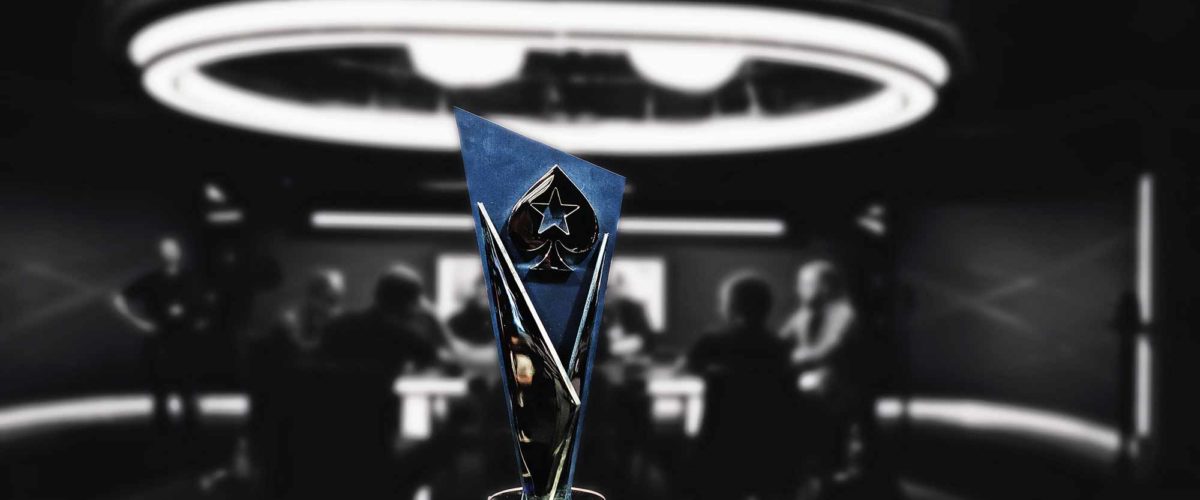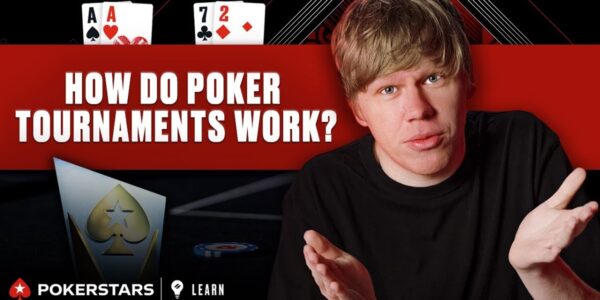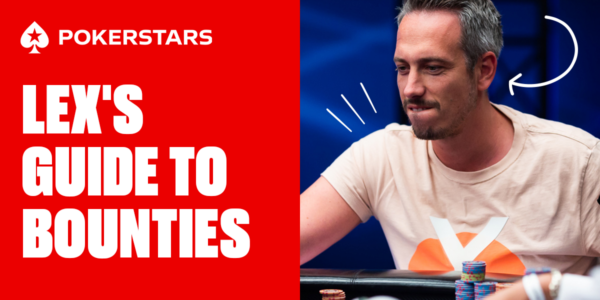An ICM Final Table Spot
Recently I was commentating on the final table of an online event for the site’s Twitch channel, when an interesting hand happened. On the surface, it probably didn’t look particularly interesting, but I pulled the hand history and pay table to run it through ICM. I think we can learn a few things from an analysis of this hand about the impact of ICM on decisions in spots with tangible pay jumps.


The payouts were as follows:
1st: $41,375.75
2nd: $30,400.75
3rd: $22,389
4th: $16,901.50
Here was the situation:
BU: 1,104,851
SB: 1,630,989
BB: 836,568
CO: 817,592
Blinds: 30K/60K with 6K ante
CO raises all in with 55
BU raises all in with 88
SB/BB fold.
In stream, I questioned the reshove of the button. I said I was pretty sure the 55 was printing money jamming 13.5 blinds in this relatively shallow money situation. But the button, while I felt had a clear jam first in the pot with 88, should probably be folding 88 now once the UTG player jams. The problem here is they are sacrificing tournament equity and just handing it to the players in the blinds who are now placed very close to that 5.6K pay jump from 4th to 3rd by just folding, as well as gaining increased equity in the prize pool as a whole. I felt a reasonable rejam range here, with the ICM implications in play, would be probably TT+/AK. Pretty tight. Having now run this through an ICM calc, let’s take a look at what we find:


This is the cut off’s shove range. I was close, 55 isn’t “printing money” but it’s an okay shove, particularly in a situation where opponents may overfold. Interestingly, 55-77 all yield about the same profit. This is because the call off ranges once they jam will be tight and don’t include any pairs they dominate, nor any unpaired holdings they dominate. In short, 55-77 are essentially the same hand vs. the correct calling ranges of the opponents:


I was also really close on the BU range once the first player goes all in. But I would have discarded AQs which turns out to be quite profitable to play:


Another thing we see in this analysis that is a useful take away is that if the action had folded to the small blind player, given this stack dynamic with the big blind and cutoff both being relatively short and similar stacked, and the SB having twice their chips, the SB can profitably shove literally any 2 cards into the big blind:


The big blind shouldn’t really ever be calling off light in this spot, because doing so punts prize pool equity. Even if the big blind player fully suspects they are being had, there’s just not much they can do about it. Their profitable call off range vs. an any 2 card range is narrow:


The money they lose from calling with 22 or A2s or T9s is tangible as they’ll be at immediate risk of busting now and getting 4th place money, while doubling doesn’t ensure them of anything really, other than an increased chance for a higher finish and a ladder. For instance, calling off with 22 in this spot is a high variance play where we are simply flipping against all the steals and crushed by the pairs. What does -1.08 in the table mean? It depends on the prize pool of course. In this prize pool, such a call would cost the big blind player $1200 of profit on average:


By analyzing these spots and digging deeper than just the surface of the hand, we can start to get some real intuitive understanding of ICM for future situations we may face. Would you have reshoved with the 88 as the button player? Many would without hesitation. But would you take $474 out of your pocket and light it on fire? Because that’s what the 88 just did!


How about if it folded to you in the small blind here… I’m sure most would say they’d raise very wide, but would you actually put the big blind all in with 93o? Neither would I in the past. But doing so makes some money.
The general take away you can gather from this is that when there are large pay jumps in play, being the first in aggressor is valuable, and once someone has taken this value and raised all in, unless the all in is a very nominal amount relative to your stack, your range to give them action should be much tighter than one intuitively thinks. If you want to be an MTT crusher, gaining a better understanding of these spots is essential where ICM suicide costs players tangible money all the time.













